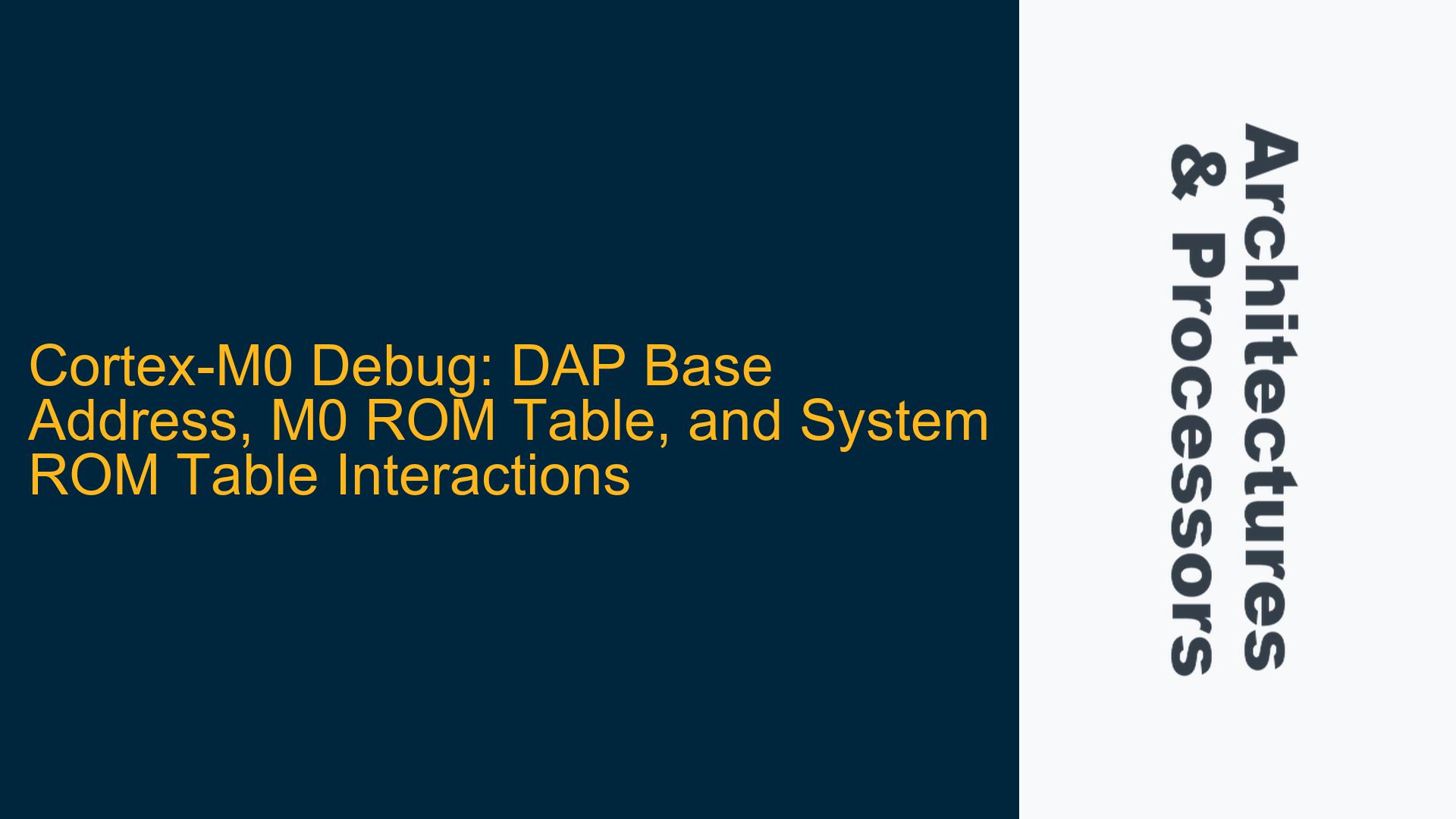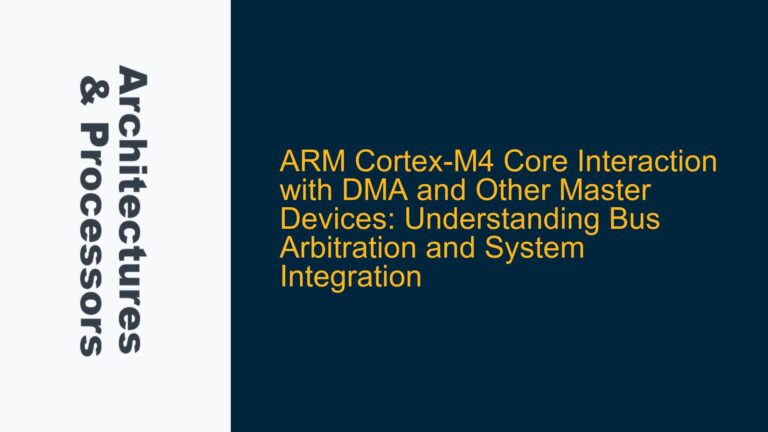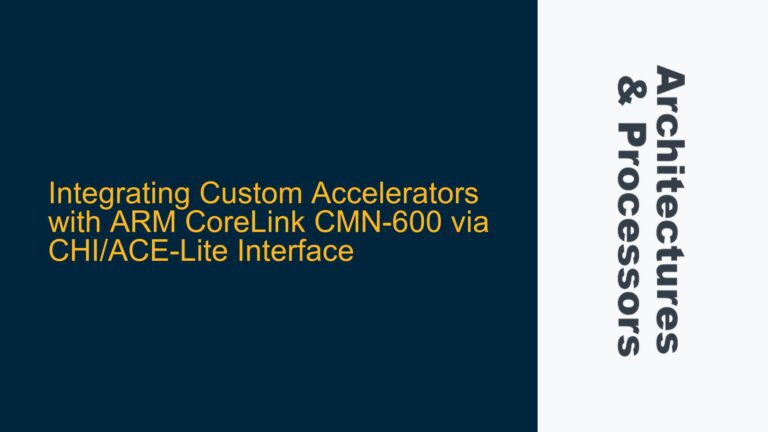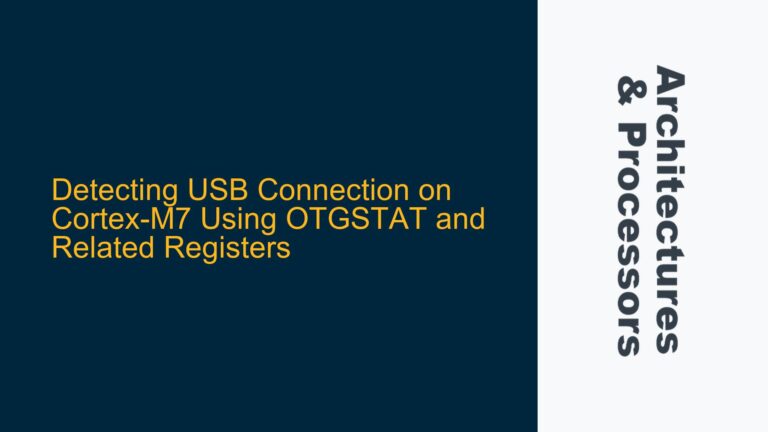Understanding the Role of System ROM Table and Cortex-M0 ROM Table in Debugging
The Cortex-M0 ROM table and the system ROM table are critical components in the debugging architecture of ARM Cortex-M0 systems. The Cortex-M0 ROM table, located at address 0xE00FF000, contains essential information about the debug components integrated into the Cortex-M0 processor. This includes the addresses of the Debug Access Port (DAP), breakpoint units, and other debug-related peripherals. The system ROM table, on the other hand, is a higher-level structure that can point to multiple ROM tables within a system, including the Cortex-M0 ROM table. In the provided example, the system ROM table is located at address 0xF0000000 and points to the Cortex-M0 ROM table at 0xE00FF000.
The primary purpose of the system ROM table is to provide a centralized location for enumerating all the debug components in a multi-core or multi-device system. It acts as a directory that allows debug tools to discover and access the debug resources of each processor or subsystem. In this specific case, the system ROM table points to the Cortex-M0 ROM table, indicating that the Cortex-M0 is the primary (or only) processor in the system. However, the system ROM table can also point to other ROM tables if additional processors or subsystems are present.
The DAP, which is the primary interface for debug tools to access the system, is typically configured to point to the Cortex-M0 ROM table directly. This is because the DAP needs to access the debug components of the Cortex-M0 processor, and the Cortex-M0 ROM table provides the necessary addresses for these components. However, this raises questions about the role of the system ROM table, as it appears to be redundant if the DAP directly accesses the Cortex-M0 ROM table.
Potential Misconfigurations in DAP Base Address and ROM Table Access Sequence
One of the key issues in the provided scenario is the configuration of the DAP base address. The DAP base address is set to 0xE00FF003, which points to the Cortex-M0 ROM table. This configuration implies that the DAP is directly accessing the Cortex-M0 ROM table, bypassing the system ROM table. While this configuration is valid and functional, it raises questions about the intended use of the system ROM table. If the system ROM table is meant to be the primary directory for debug components, then the DAP should ideally point to the system ROM table instead of the Cortex-M0 ROM table.
Another potential issue is the access sequence of the ROM tables. In a typical system, the debug tool would first access the system ROM table to discover the available processors and subsystems. The system ROM table would then point to the individual ROM tables of each processor, including the Cortex-M0 ROM table. However, in this case, the DAP is directly accessing the Cortex-M0 ROM table, which could lead to confusion about the intended access sequence. This could also result in the system ROM table being unused, as the DAP is not referencing it.
The relationship between the DAP, the system ROM table, and the Cortex-M0 ROM table is crucial for understanding the debug architecture. The DAP is the interface through which debug tools communicate with the system. It needs to know where to find the debug components, which are listed in the ROM tables. The system ROM table serves as a directory that points to the individual ROM tables of each processor or subsystem. The Cortex-M0 ROM table, in turn, provides the specific addresses of the debug components within the Cortex-M0 processor.
Correcting DAP Base Address and Ensuring Proper ROM Table Access Sequence
To address the issues related to the DAP base address and the ROM table access sequence, several steps can be taken. First, the DAP base address should be reconfigured to point to the system ROM table at 0xF0000000. This ensures that the DAP accesses the system ROM table first, allowing it to discover the Cortex-M0 ROM table and any other ROM tables that may be present in the system. This configuration aligns with the intended use of the system ROM table as the primary directory for debug components.
Once the DAP base address is correctly configured, the access sequence of the ROM tables should follow the standard procedure. The debug tool will first access the system ROM table to discover the available processors and subsystems. The system ROM table will then point to the individual ROM tables, including the Cortex-M0 ROM table. The debug tool can then access the Cortex-M0 ROM table to obtain the addresses of the debug components within the Cortex-M0 processor.
In addition to reconfiguring the DAP base address, it is important to ensure that the system ROM table is correctly populated with the necessary entries. The system ROM table should include an entry for the Cortex-M0 processor, pointing to the Cortex-M0 ROM table at 0xE00FF000. This ensures that the debug tool can correctly discover and access the Cortex-M0 debug components.
To summarize, the key steps for resolving the issues related to the DAP base address and ROM table access sequence are as follows:
- Reconfigure the DAP base address to point to the system ROM table at 0xF000000






